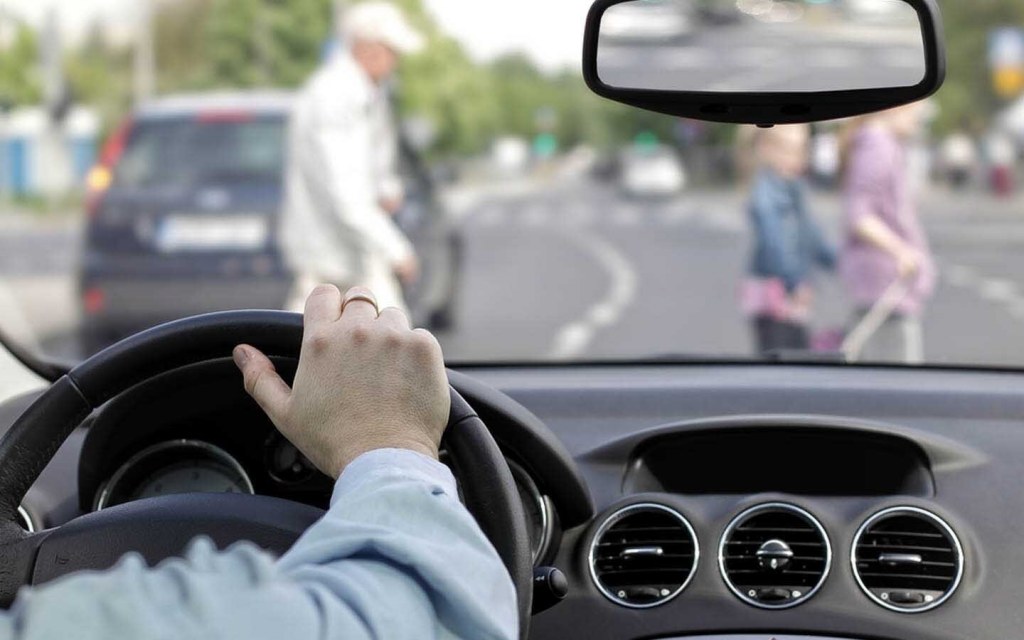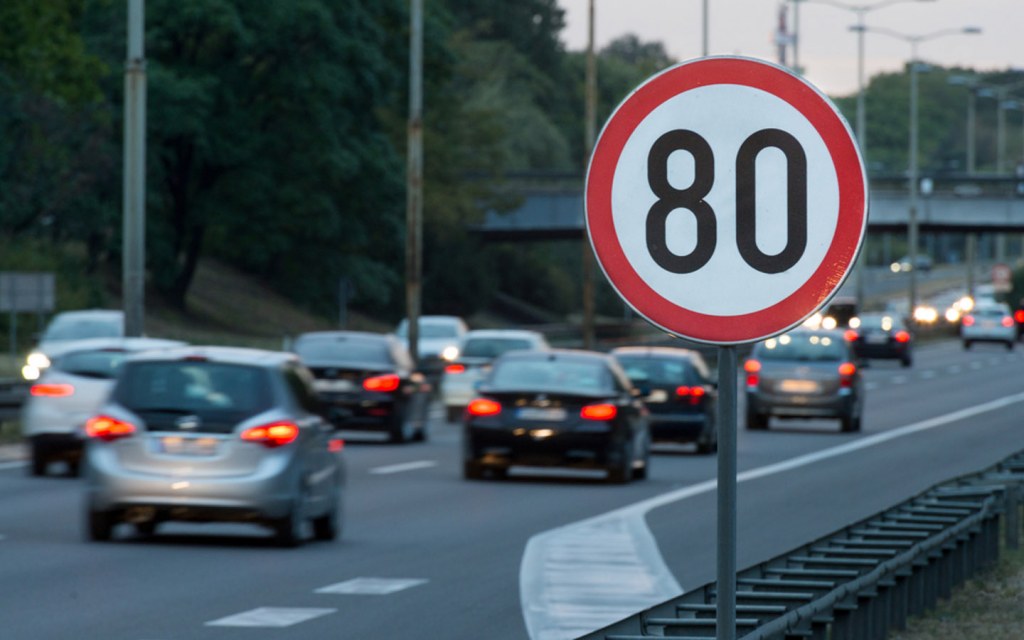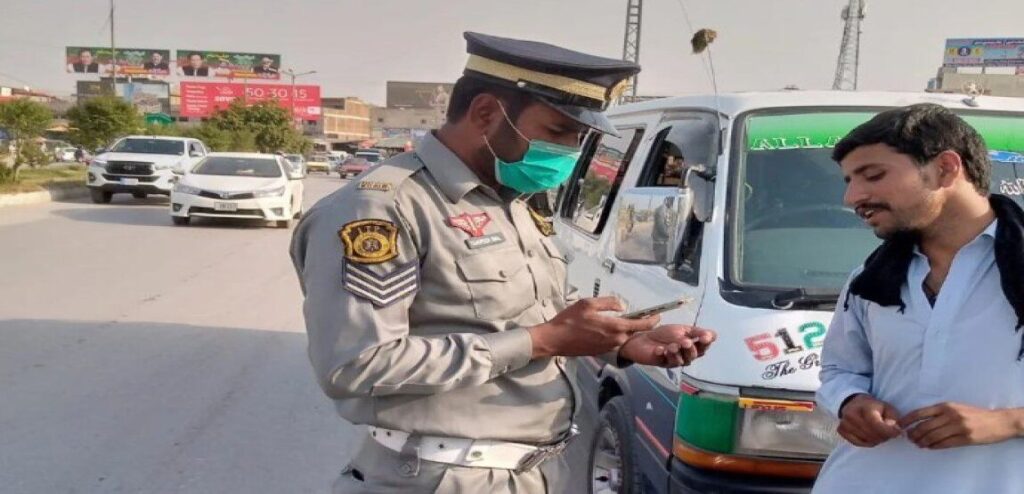Driving in Pakistan can be a smooth experience on the motorways. These roads connect major cities like Lahore, Islamabad, and Karachi. They offer fast travel options. But you must follow the rules to stay safe. This guide covers motorway laws in Pakistan. It also shares practical tips. Whether you are a local or a visitor, knowing these details helps avoid issues.
Pakistan’s motorways are managed by the National Highway Authority (NHA). The National Highways and Motorway Police (NHMP) enforce the rules. They focus on safety and order. In recent years, updates to laws have made penalties stricter. This aims to reduce accidents. Motorways see heavy traffic from cars, trucks, and buses. Common problems include speeding and wrong lane use. By reading this post, you will learn how to drive without trouble.
This article is based on current rules as of August 2025. Always check official sources for the latest changes. Let’s start with the basics.
Driving License Requirements for driving in Pakistan
Before you hit the road, ensure you have the right license. Driving without one is a big violation.
For Local Drivers
Driving in Pakistan, you need a valid driving license to operate any vehicle. The minimum age is 18 years. You must pass a medical test to prove you are fit. Licenses expire after five years. Renewal costs around Rs. 2,600.
To get a license, visit your local traffic police office. Bring your CNIC (Computerized National Identity Card). You will take a written test on road signs and rules. Then, a practical driving test follows. For motorcycles, the process is similar but simpler.
If you drive heavy vehicles, you need a special category. Public service vehicles like buses require extra checks. Always carry your original license. Copies are not enough during checks.
For Foreign Drivers
Visitors can drive in Pakistan with an international driving permit (IDP). It must be valid. You can use it for up to one year. After that, get a local license.
An IDP translates your home country’s license. Apply for it before traveling. Organizations like the Automobile Association of Pakistan (AAP) can help. If you have a foreign license without an IDP, it might work for a short time. But rules vary by province. In Sindh, it’s stricter.
Report to the local licensing authority when you arrive. Carry your passport and visa too. For rentals, companies often ask for an IDP.
Overseas Pakistanis can convert their foreign license. Visit a driving license branch with your passport and CNIC. It takes a few days.
Without proper documents, fines start at Rs. 5,000. Your vehicle could be impounded. Always prepare ahead.
Overview of Pakistan’s Motorways
Pakistan has a network of motorways. They total over 2,000 kilometers. Major ones include:
- M-1: Peshawar to Islamabad (155 km)
- M-2: Islamabad to Lahore (367 km)
- M-3: Lahore to Abdul Hakeem (230 km)
- M-4: Faisalabad to Multan (309 km)
- M-5: Multan to Sukkur (392 km)
- M-9: Hyderabad to Karachi (136 km)
These roads have multiple lanes. They are fenced to keep animals out. Rest areas and fuel stations are available every 50-100 km.
Motorways are toll roads. You pay at plazas. The system uses cash or electronic tags.
Toll System and Payment Methods
Toll rates depend on vehicle type and distance. For example, on M-2 from Lahore to Islamabad, cars pay Rs. 1,800. Wagons pay Rs. 2,700. Buses pay Rs. 5,400. Trucks vary from Rs. 7,200 to Rs. 10,800.
Rates increased in 2025. National highways have lower tolls. Cars pay Rs. 20, trucks up to Rs. 150.
The M-Tag is the best way to pay. It’s an RFID sticker on your windshield. It allows cashless passage. You recharge it online or at booths.
To get an M-Tag:
- Visit a toll plaza or customer center.
- Provide vehicle details and CNIC.
- Pay a small fee (around Rs. 200).
Recharge via apps like JazzCash or EasyPaisa. Or use credit cards. Minimum balance is Rs. 1,000 for cars.
Without M-Tag or low balance, pay 25% extra. From February 2025, this rule applies. It encourages electronic use.
Cash lanes are slower. Always check your balance before travel.
M-Tag saves time. It reduces queues. Plan your route to know total costs.
Key Motorway Laws for driving in Pakistan
Motorway laws promote safety. NHMP patrols 24/7. They use cameras and radars.
Speed Limits
Speed limits vary by vehicle.
- Cars (Light Transport Vehicles – LTV): 120 km/h max on most motorways.
- Heavy Transport Vehicles (HTV) like trucks: 90-110 km/h.
- Public Service Vehicles (PSV) like buses: 110 km/h.
Minimum speed is 60 km/h. This keeps traffic flowing.
On three-lane motorways, cars can go 120 km/h. But exceeding 150 km/h leads to bans and FIRs. This rule started in 2025.
Bikes are banned on motorways. They are too slow and risky.
Always watch signs. Limits drop near tolls or construction.
Lane Discipline
Stay in the left lane unless overtaking. The right lane is for faster traffic.
On three-lane roads:
- Left: Slow vehicles.
- Middle: Normal speed.
- Right: Overtaking only.
Do not hog the right lane. Move left after passing. Trucks must use left lanes.
Lane changing without signals is illegal. Use mirrors and indicators.
Violations cause chaos. Follow this for smooth driving.
Overtaking Rules
Overtake from the right only. Check mirrors first. Signal your move.
Do not overtake on curves or near exits. Keep safe distance.
After overtaking, return to left lane. Speed up to 130 km/h briefly for passing. But do not stay fast.
Illegal overtaking fines are Rs. 1,500.
Other Important Rules
- Seatbelts: Mandatory for all in front seats. Buses now require them for passengers too. Fine: Rs. 1,500.
- Mobile Phones: No use while driving. Hands-free is okay. Fine: Rs. 500.
- Lights: No HID or fancy lights. They blind others. Ban and fine apply.
- Overloading: Not allowed. Trucks get checked.
- Alcohol: Zero tolerance. Tests happen at checks.
- Animals: Keep off roads. Fences help.
These rules cut accidents. NHMP educates drivers.
Common Driving Violations and Penalties
Breaking rules leads to fines. NHMP issues tickets on spot. Pay via app or bank.
Here is a list of common ones:
| Violation | Fine (Rs.) |
|---|---|
| Speeding | 2,500 |
| Driving without license | 5,000 |
| No seatbelt | 1,500 |
| Mobile phone use | 500 |
| Illegal overtaking | 1,500 |
| Fancy number plates | 2,000 |
| Overloading | 5,000 |
| Running red light | 1,000 |
| Wrong lane | 750 |
| HID lights | Ban + fine |
Fines rose in 2023-2025. For over 150 km/h, FIR and ban. Repeat offenders face higher penalties.
Pay fines quickly. Unpaid ones block vehicle registration.
Avoid these by staying alert. It’s cheaper and safer.
Safety Tips for Driving on Motorways in Pakistan
Safety comes first. Motorways are fast, so small mistakes cause big problems.
General Tips
For safe driving in Pakistan:
Check your vehicle before starting. Tires, brakes, lights, and fuel. Carry a spare tire and tools.
Keep distance. At 100 km/h, stay two seconds behind the front car. Use the chevron rule on roads.
No distractions. Put phone away. Eat or drink at stops.
Use signals always. For turns, lanes, or stops.
Watch for trucks. They stop slow. Overtake carefully.
Rest every two hours. Fatigue kills. Use rest areas for breaks.
Night driving: Use low beams. High beams blind others. Avoid if possible, as lighting is poor in spots.
Road Conditions and Rest Areas
Motorways are mostly good. Smooth asphalt, clear signs. But construction happens. Watch for diversions.
In rural areas, watch for fog or dust. Northern routes have landslides.
Rest areas have food, toilets, and mosques. Fuel stations every 50 km. Popular ones on M-2 include Bhera and Sukheki.
Park safely. Lock your car. Avoid leaving valuables.
For long trips, plan stops. Apps show locations.
Weather Considerations
Weather affects driving in Pakistan. Summers are hot. Winters bring fog and snow.
In fog: Slow down to 50-80 km/h. Use fog lights. Follow road markings.
Rain: Roads get slippery. Reduce speed by 20%. Avoid puddles.
Snow in north: Use chains on tires. Check forecasts. Motorways close in bad weather.
Heat: Keep water. Check engine temp.
Monsoon season (July-September): Flood risks. Avoid low areas.
Always check weather apps. NHMP shares updates on radio FM 88.6.
Defensive driving helps in all conditions. Assume others might err.
Emergency Procedures on Pakistan Motorways
Accidents or breakdowns happen. Know what to do.
First, move to the shoulder. Turn on hazard lights. Place a warning triangle 50 meters back.
Call NHMP helpline: 130. It’s free, 24/7. Give your location, vehicle details, and issue.
For medical help: 1122 (Rescue). Ambulance comes fast.
Edhi Ambulance: 115.
Vehicle repair: Call AAP at 051-2272222.
In accidents: Do not leave the scene. Wait for police. Exchange info with others.
Carry a first-aid kit. Have emergency contacts saved.
NHMP patrols help with towing or fuel. But prevent issues with checks.
Stay calm. Help arrives soon on motorways.
Special Tips for Foreign Drivers
Driving in Pakistan differs from other countries. Traffic is left-side.
Learn local signs. They are in English and Urdu.
Rent from trusted firms. Get insurance.
Avoid cities if new. Motorways are easier.
Carry cash for tolls if no M-Tag.
Respect checkpoints. Show documents politely.
Women drivers: Safe on motorways. But travel in groups at night.
Use GPS apps like Google Maps. They show routes and traffic.
If lost, ask police. Locals are helpful.
Follow all laws. Fines hit hard for visitors.
Enjoy the views. Motorways pass beautiful areas.
For more information visit Traffic signs test.
Conclusion
Driving in Pakistan on motorways is convenient. But respect the laws and tips shared here. From licenses to emergencies, preparation is key. Safe driving saves lives and money.


